PPC
Performance Marketing 101: Everything You Need to Know

Performance marketing is one of the most effective ways for B2B and B2C businesses to reach their target audience and generate sales or leads.
However, for many new marketers, this practice can be complicated since it involves a combination of different strategies, channels, and more to drive results. In this article, we’ll simplify everything you need to know to become a performance marketing pro.
Table of contents
What is performance marketing?
Performance marketing is a digital marketing strategy based on results in which the brands or businesses only pay the marketing agencies, advertising platforms, or affiliates when they achieve their specific campaign goals, typically in the form of sales, clicks, or leads.
What’s the difference between performance marketing vs. brand marketing?
Performance and brand marketing are two different types of strategies that can be used to reach the intended audience.
While both forms have their benefits, the main difference between them is brand marketing aims to establish a long-term company’s reputation and awareness among potential customers; in contrast, performance marketing focuses on specific strategies to drive immediate sales without necessarily building an emotional connection with customers first.
🌱 Download our free, editable growth strategy template to walk through seven simple steps for creating the right plan to grow your business.
What are benefits of performance marketing?
Even though this marketing strategy can be challenging for some businesses, there are many benefits for those who dive in.
Here are three reasons why you should give performance marketing a try.
Low risk
Performance marketing is a low-risk method to introduce new strategies since it requires (relatively) little investment. If the campaign works, you can scale up and increase the budget; however, if it doesn’t, it’s easy to back up without a big loss.
Targeted
This marketing strategy allows you to target the right people with your message. You can focus on demographics and geographic locations or narrow your searches by interests and behavior, such as consumers who visited your site recently or who clicked on the ad in the last 24 hours.
Increased ROI
One of the biggest benefits of performance marketing is that it can result in higher ROI than other types of advertising because it’s focused on a specific goal.
What are types of performance marketing?
Performance marketing can be done through various means. Here are some of the most common.
Social media advertising
Social media ads are one of the most popular forms of performance-based advertising. These ads can target people who have visited your website once or shown interest in similar products or services.
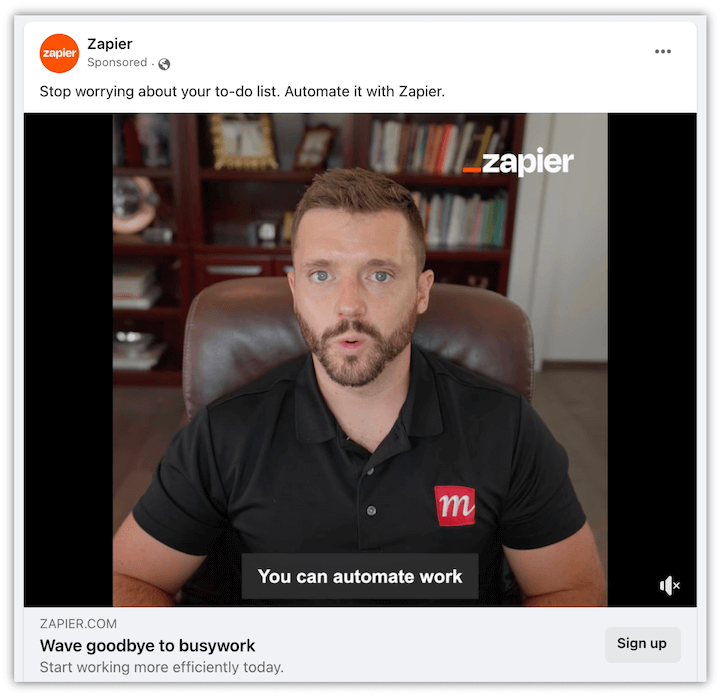
Search advertising
Search advertising, also known as PPC, is the practice where advertisers pay to have their ads placed above organic search results on search engine result pages (SERP) like Google and Bing.
🛑 Want to learn more about search engine marketing on Google? Get the free guide >> PPC 101: Complete Guide to Google Ads
Display advertising
Display advertising is a type of advertising where ads are shown on web pages–typically in the form of banner ads. These ads show up on popular websites, news sites, and more and drive users to your website.
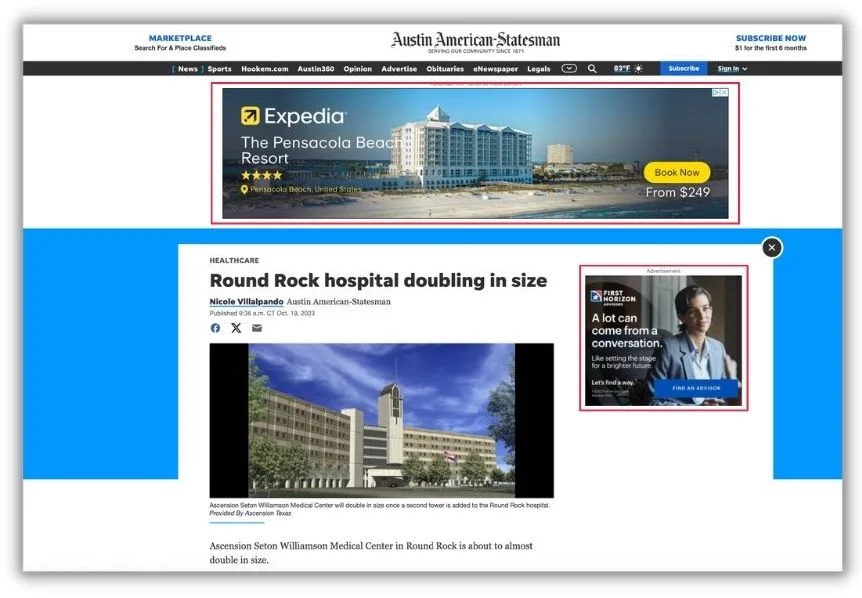

Affiliate marketing
Affiliate marketing is a performance-based marketing method in which businesses reward affiliates for each customer brought by their promotional efforts.
How do you measure performance marketing?
Performance marketing is the art of achieving your business goals through paid advertising. It’s not just about buying ads and hoping they work. It’s about getting a return on the money you spend, which means measuring performance and adjusting your strategy accordingly.
The following are some of the most important metrics you should track to ensure your campaigns are running smoothly and meeting goals.
Cost per click (CPC)
Cost per click refers to the cost of each click on an ad. The higher the CPC, the more expensive it is for your business to advertise on that particular keyword or keyword phrase.


Cost per impression (CPM)
The average amount paid by an advertiser for every 1000 ad impressions. This is calculated by dividing the total cost of the ad by the number of times it was viewed.
Cost per lead (CPL)
The number of prospects responded to your ad and filled out a form. CPL is a standard metric used in PPC campaigns because it gives insight into how much each lead costs.
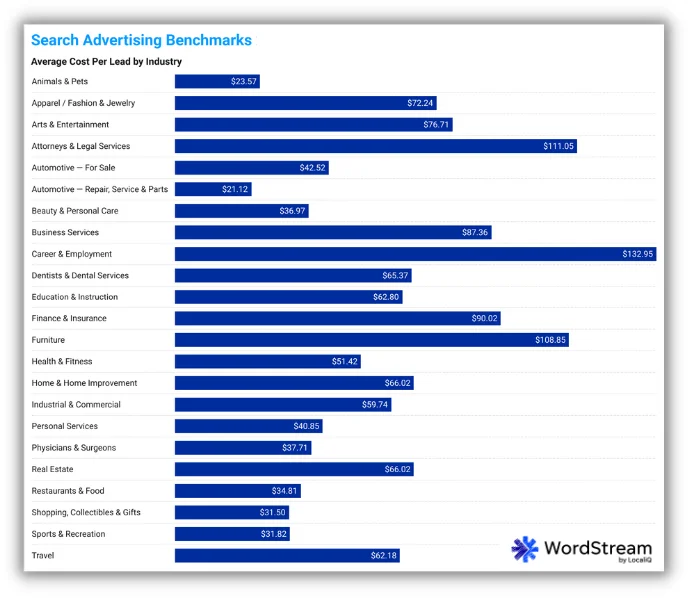

🚨 You can use our search advertising benchmarks to find average the CPL for your industry.
Cost per acquisition (CPA)
The cost per acquisition refers to how much you spend acquiring new customers. When looking at CPA, you should consider both the cost of your ad and the value of each sale or conversion.
Lifetime value transaction (LVT)
LVT is a metric that can give marketers valuable insights into potential revenue from a customer over time. In other words, it estimates how much one customer will spend on your product or services during their entire relationship with your company.
5 steps to build a successful performance marketing strategy
Developing a successful performance marketing strategy takes time, dedication, and much trial and error. But the payoff can be huge if you can get it right.
Here are some steps to build a performance marketing strategy that will bring results.
1. Define your objectives
To create an effective performance marketing campaign, it is fundamental that you have a clear understanding of what you are trying to accomplish because it will help you define every other step.
Your targets should be specific, measurable, and achievable. It should also be aligned with your overall business goals.
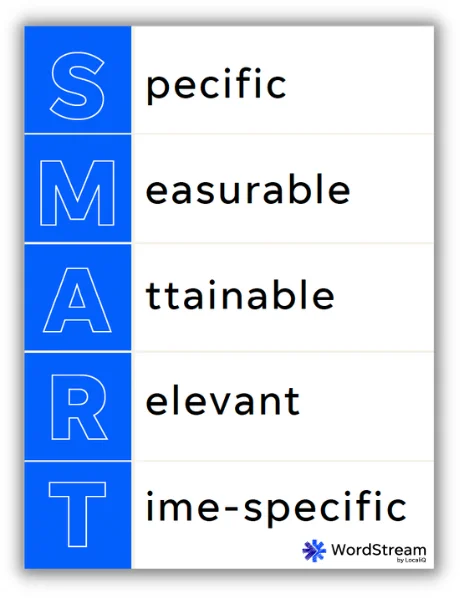

For example, social media advertising is a great option if you want to sell a product or service. However, if your goal is to drive traffic to your website, then paid search might work better.
Once you have identified these goals, they should form the foundation of all your marketing activities. Every campaign should be designed to support them in some way.
2. Choose the right digital channels
One of the keys to being successful at performance marketing is using multiple channels. The reality is that not all channels are created equal, and some will work better than others for your particular business.
The best way to do this is by setting up a few channels, testing them with small amounts of money, and tracking the results over time so you can make better decisions in the future.
Here are some common types of digital marketing strategies you can choose from:
- Content marketing: Content marketing is the process of creating, distributing, and promoting your company’s content to attract potential customers. It can build authority, trust, and loyalty with consumers.
- Social media marketing: Social media is an essential part of any online marketing strategy. Platforms like Facebook, Twitter, and Instagram have become a place where your consumers spend the most time.
- Display ads: Display ads are typically placed on news sites, blogs, or e-commerce sites. These ads often appear in the form of pop-up banners that contain a link back to your website.
- Email marketing: Email marketing helps you build relationships with prospects so they trust your brand and buy from you when ready.


3. Identify partners
The biggest challenge of managing a performance marketing campaign is finding the right partners to work with. The relationship you have with your partner can make or break your campaign.
You need to find partners with a vision and goals similar to yours who will help you reach people that matter.
The best partners have access to a large following and provide high-quality leads with a strong conversion rate, meaning they’re more likely to convert into paying customers.
When looking for partners, ensure they offer transparency about their work and methods. This will help you understand what kind of return on investment (ROI) you can expect from working with them over time.
4. Launch and optimize campaigns
Now that you have a budget and a target audience, it is time to launch your campaigns. You will need to set up a landing page and website where you intend to direct the traffic from these ads.
Once you have all the elements in place, you’ll want to optimize your campaigns for performance.
Optimizing for performance means constantly tracking and improving the metrics that matter most to your business. You should be looking at how many customers are being acquired, how much they spend, and how long they stay engaged with your brand.
Optimization is a never-ending process because it’s not about finding and sticking with the winning strategy. Instead, you must constantly test new ideas and see which works best in different situations.
You can optimize your ads by changing their keywords or budgets to improve performance.
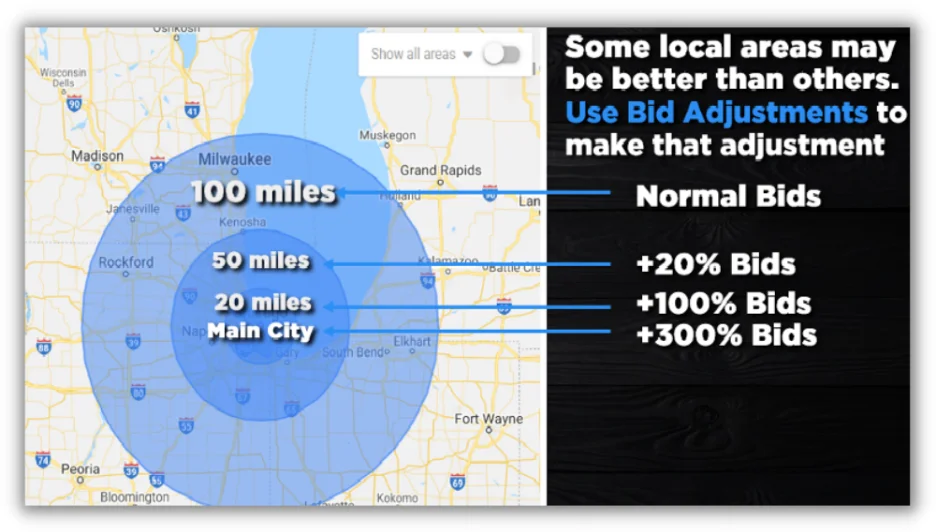

For example, if an ad gets clicks but not conversions (sales), you should make changes or remove the ad altogether. Or, if an ad isn’t getting any clicks, you’ll want to try a different approach, keyword, or title until you find something that works better.
5. Monitor results
Monitoring the results of your performance marketing campaigns is crucial to your success. The key is understanding what’s working, what’s not, and what can be improved.
The best way to track your performance is to use a dedicated software program to give you all the information you need in one place. This way, you’ll be able to see how each channel is performing and make adjustments as needed.
You should also pay attention to the quality of traffic that your campaigns send to your site. You can do this by looking at bounce rate, click-through rate (CTR), conversion rate, and other metrics over time.
The results should be monitored daily, and you should also look at the data weekly or monthly. This will help you identify trends and evaluate the performance of your campaigns over time.
3 performance marketing examples
Here are some examples of successful performance marketing strategies.
Dove Chocolate sponsored content on BuzzFeed
BuzzFeed is a famous digital media company that allows advertising on its website. These ads look like regular content but are paid for by companies or individuals who want to promote their products or services to their massive audience.
Dove Chocolate took this opportunity to share a recipe post on BuzzFeed and got over 2K re-pins and 253 shares on Facebook.
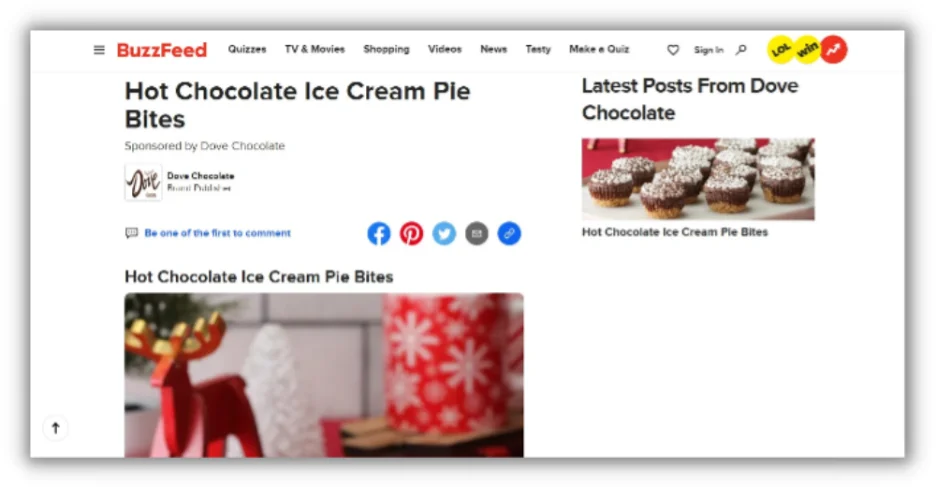

Hostinger’s paid search ads
Paid search ads are among the most common forms of performance marketing that even huge companies like Hostinger participate in. Hostinger is known for services like domain name, WordPress hosting, cloud hosting, website builder, etc.
Earlier this year, the company introduced a blog theme, and to promote it, it wrote a blog post about the “32 Best Free WordPress Blog Themes” and used paid search ads to list the post on the first SERP.
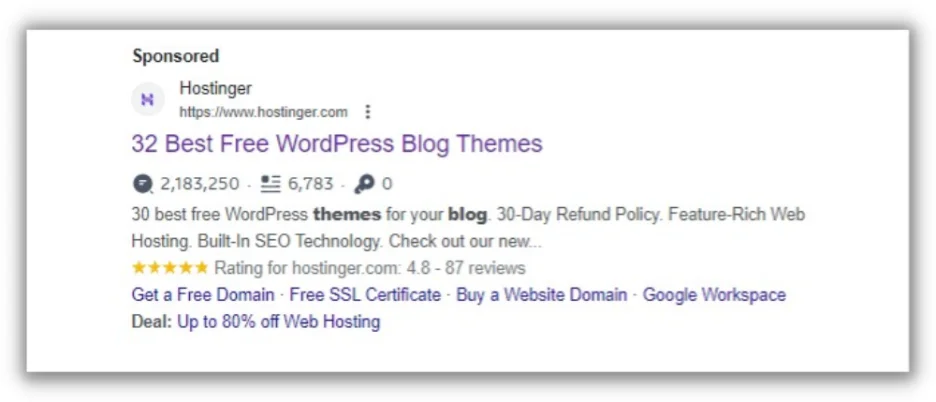

CME Group’s display ad on Forbes
Display advertising is a classic form of performance marketing. It’s been around for decades and has been used by some of the biggest brands in the world to drive sales and boost their bottom line.
Display ads can be shown on any website that uses an advertising network, although they are mostly found on larger sites with many visitors, such as Forbes, HuffPost, etc.


Is performance marketing right for you?
Performance marketing is simply something that many modern marketers are incorporating into their business models. This form of marketing reduces wasted costs and directs sales through quality leads guaranteed to be interested in your product or service. By practicing the techniques laid out above, you can implement a successful performance marketing strategy and maximize your efforts.
About the author
Author and the founder of Blogituplife Shama Shafiq is a marketing, blogging, and SEO expert. She shares useful and actionable tips on her blog to help beginners out.

















